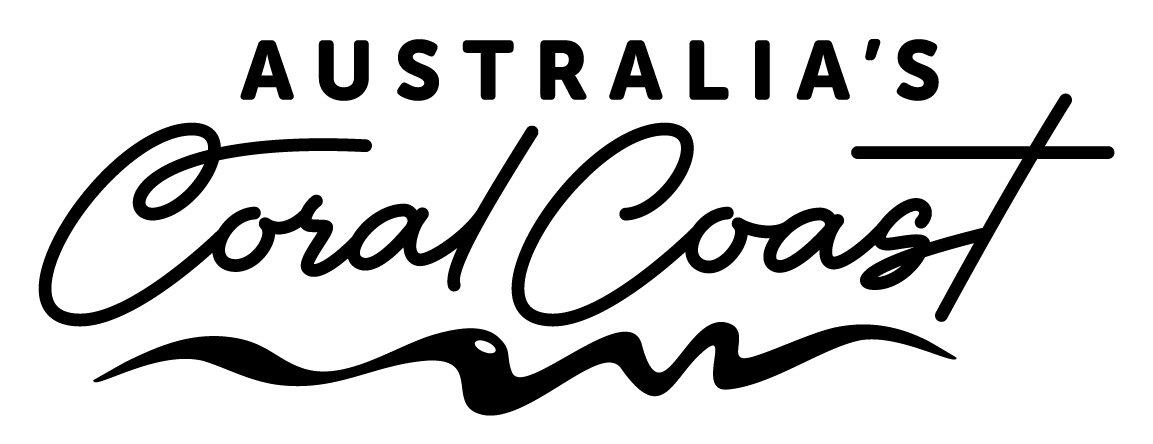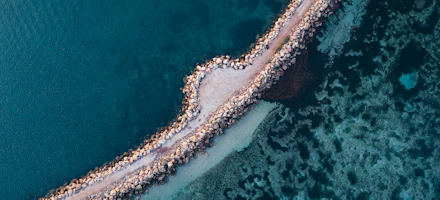
Francois Peron National Park
For a four-wheel driving adventure along a scenic coastline with dramatic red cliffs and white sandy beaches, head to Francois Peron National Park in the Shark Bay World Heritage Area. The ocean shouldn’t be touching a desert, but in Francois Peron National Park, this is exactly what happens - rust-red desert earth meeting white beach sand and azure blue water.
For excellent views of the coastline, walk the 1.5km Wanamalu Trail between Cape Peron and Skipjack Point. Interpretive signs along the trail provide an introduction to the features of the area, and two viewing platforms at Skipjack Point provide striking coastal views and the opportunity to see Shark Bay's abundant marine life - including dugongs.
In Francois Peron National Park you can also see an unusual feature of Shark Bay - salt-lagoon birrada (birridas). These land-locked saline lakes support specially adapted plant and animal species. The sea has re-flooded some coastal birridas, creating the inland bays of Big Lagoon and Little Lagoon, which are known for their otherworldly beauty and thriving ecological significance. Big Lagoon is home to dugongs, dolphins and green turtles, and offers camping (4WD access only), while Little Lagoon is a natural nursery for crabs and whiting, and offers day-access only with BBQ facilities. Little Lagoon is on the outskirts of the National Park and accessible by 2WD. Kayak the lagoons or see them from a scenic flight tour – they are spectacular from above.
Note: Campfires and pets are not permitted in the park, and visitors should bring their own water, and remove their own waste. Swimming is not recommended at Cape Peron, due to strong currents.

A 4WD Adventure
Road access into Francois Peron National Park is via the Peron Homestead, and high clearance 4WDs are essential for travel further north into the park. National Park entry and camping fees apply.
Tip: When entering the Park, make sure to deflate car tyres by the Homestead, where there is a tyre compressor station for your convenience.

No 4WD? No problem!
Explore Francois Peron National Park on a 4WD eco-tour with a local operator. A wildlife haven, Shark Bay is home to 17 species of mammals, 98 species of reptiles and amphibians and more than 230 species of birds. Spot bungarra and thorny devil (lizards), emus and cormorant (birds) in this spectacular World Heritage area. The National Park is also famous for its Hydroplaning Dolphins, an unusual technique for catching fish.

Indigenous Cultural Experiences
Gutharraguda (meaning ‘two waters’) is the Aboriginal name for Shark Bay, home to the local Malgana people. Gain an Indigenous perspective of Francois Peron National Park (and the broader Shark Bay area) by taking a walking and kayaking day tour, or a night tour with a local Malgana guide. Learn about the area’s history and its many plants and animals. Try your hand at animal tracking, and discover which plants make good bush tucker and medicine. On tour you will visit significant cultural sites which have been inhabited by Aboriginal people for thousands of years.
Camping in Francois Peron National Park
Camp on red dirt by blue waters with a range of designated basic campsites located in the region – most notably at Herald Bight, Big Lagoon, Bottle Bay and Gregories. Gas barbecues are supplied. Many campsites lead to top fishing spots along the coastline and are great places to spot marine life or bird colonies. You’ll find prints left by emus, reptiles and mammals such as endangered bilbies.
Camping in Western Australia's natural areas is a special experience. Selected campgrounds from across the state are now bookable online for a trial period.
Peron Homestead
The Peron Homestead is a historic site with a small interpretive centre, walk trail and ‘hot tub’, where visitors can soak in the hot artesian waters that once supplied water to stock on the former Peron Station. Once a sheep station, the park is now one of the most important wilderness areas in Australia and is home to many rare and endangered species.
It is accessible by 2WD vehicles and offers a glimpse of life from the 1950s when the park was a working sheep station. The interpretative centre depicts stories of Indigenous inhabitants, European colonisation and the current conservation program, Project Eden. The nearby lawn and barbeque area are a great spot for picnics. Join a guided tour from Denham or take a self-guided walk using the Station’s informative signage.
Bottle Bay
Bottle Bay is home to plunging red sea cliffs which frame a coastal landscape of red, white and blue. Bush camping, four-wheel driving and beach fishing are popular here in addition to swimming and boating. From the cliff tops you can see dugong, manta rays, turtles and sharks swimming in the water below.































